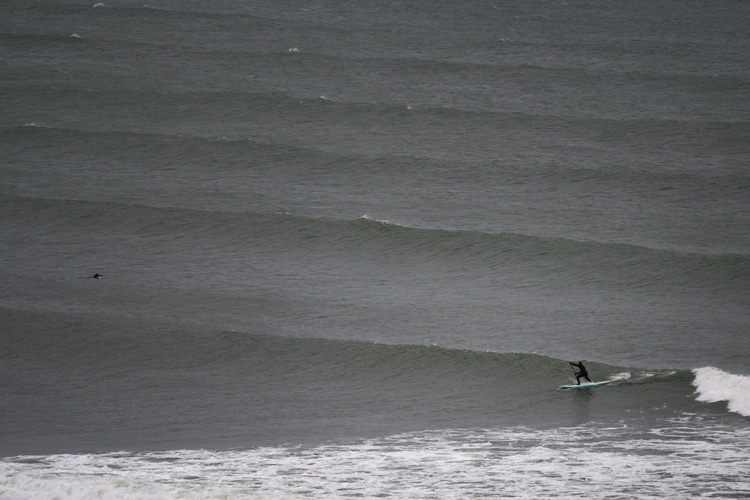Believe it or not, Estonia has the 30th longest coastline on the planet. But are there any rideable swells in this Baltic Northern European nation?
At first glance, one could expect Estonia to be home to low air temperatures and strong and gusty onshore winds.
Although that image may be partially correct, it is also true that water sports - and wave-riding sports in particular - are actually a reality.
Estonia consists of the mainland, the larger islands of Hiiumaa and Saaremaa, and over 2,200 other islands and islets on the country's eastern coast.
As a result, the beautiful nation boasts 2,357 miles (3,794 kilometers) of shores, meaning almost double the length of the famed European surfing destination, Portugal.
As with Scandinavian and Central and Northern European nations like Finland, windsurfing and kiteboarding are quite popular outdoor activities.
Some of the world's best wind sports athletes were born and raised in these cold and sometimes inhospitable and dark territories.
And with the advent of cross-over disciplines like stand-up paddleboarding and foil surfing and surf-riding technologies like indoor wave-generating machines, the spectrum of opportunities is broader than ever.
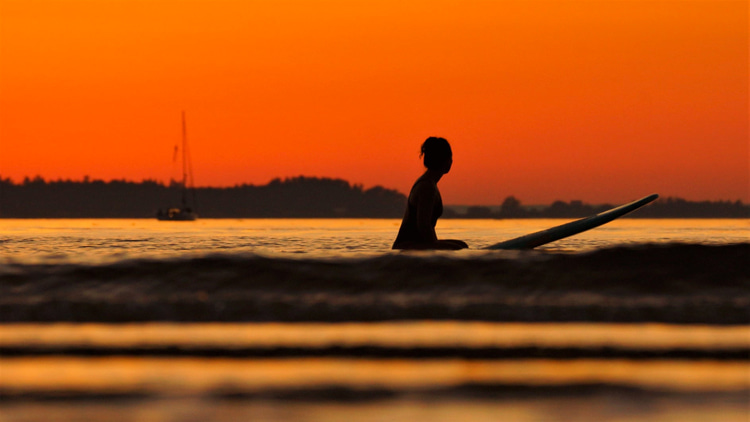
Wind Swell Miracles
Most of Estonia is blocked from the bigger SW-W swells by its own Hiiumaa and Saaremaa islands.
However, up near the capital, Tallinn, there are a few interesting west-facing spots that will produce waves during W gales.
These near-miracle wind swells are tracked on a regular basis by a growing community of Estonian surfers who rarely miss a golden chance to hit the waves.
So, even though surfing in Estonia is relatively inconsistent during the summer months - July, August, and September) - it gets a relevant push as the year moves into the cold season, i.e., November, December, and January.
Low air and water temperatures alongside shallow coastal waters require surf explorers to carefully analyze surf forecasts, bathymetry, and local geomorphological variables before embarking on a surf trip.
The good news is that there are a handful of genuinely fun surf breaks across and spread all over the Estonian coastline, especially near Tallinn.
Let's explore them, one by one, from East to West.
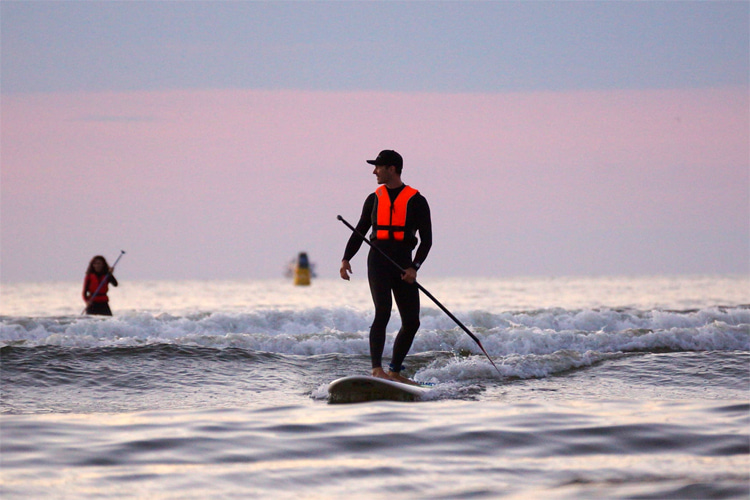
1. Stroomi Beach
Stroomi Beach is one of the first options to find waves if you're near Tallinn.
It is a large open cove located northwest of the city, capable of capturing and funneling NW winds into a classic, sandy beach break.
With the right conditions, it provides decent waves for learning to surf.
2. Kakumäe Beach
Kakumäe Beach is another textbook cove located six miles (ten kilometers) west of Stroomi Beach.
The area is blessed with strong winds, meaning that kitesurfers and windsurfers often sail around.
Surf schools include it in their regular wave-hunting trips.
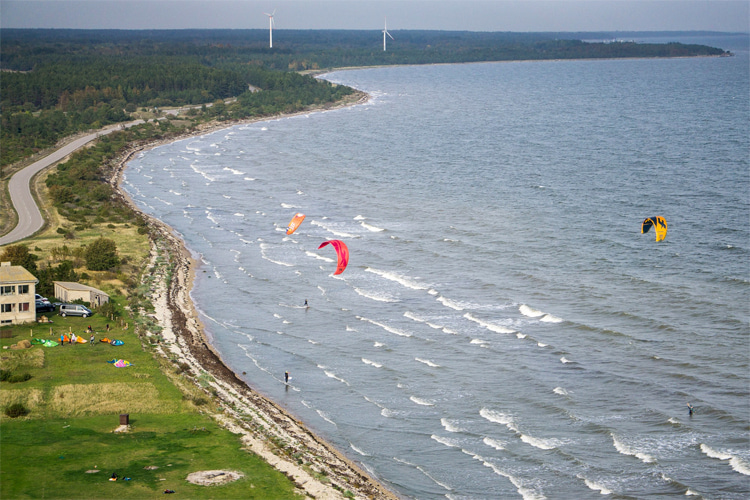
3. Vääna-Jõesuu Beach
Vääna-Jõesuu Beach is arguably the best surf break in Estonia.
It is almost perfectly facing west Baltic Sea swells and winds, meaning it gets more surfing days than any other break in the country.
With its clean waters and large and wide sandy strip, Vääna-Jõesuu is one of the most popular beachgoing destinations in the region.
The sudden and abrupt change in water depth also makes it a surfable beach break with occasional bigger waves - and it is only a 60-minute drive away from Tallinn.
Also, The middle part of the beach has longer wave intervals.
4. Laulasmaa Beach
Laulasmaa Beach is definitely not a surfers-only spot.
Actually, most of the time, it is a wind sports center with plenty of windsurfing sails and kite riding around.
Nevertheless, with a strong westerly wind, it can produce few rideable waves, especially for those in the early surfing stages.
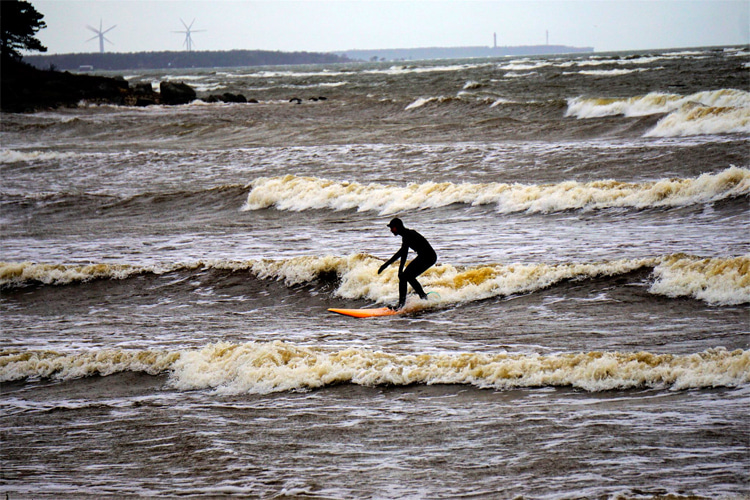
5. Suur-Pakri
The Pakri Islands - Suur-Pakri and Väike-Pakri - are two Estonian islands in the Finnish Gulf.
At the westernmost tip of the archipelago, a stunning elbow of land creates a reef-like surf break open to all possible Baltic Sea swells.
Although it might be hard to get there, it is definitely a secret spot worth exploring.
6. Spithami
Spithami is a big and beautiful wave that comes to life in a reef break located in Lääne-Nigula Parish.
This fascinating spot produces experienced-only waves and detonates in front of a rocky beach.
In the end, there is a powerful current, and the wind turns. So, once you are past the end, you can no longer get into the bay.
Nearby, local surfers identified another offshore gem - NW Spitham.
7. Ristna Beach
Ristna Beach is one of the most consistent surf breaks in Estonia.
Located on Hiiumaa Island, it's a stunning beach break that provides rideable, shoulder-high surf lines.
The lineup openly faces west, so it gets and channels all NW-W-SW winds and swells from the Baltic Sea.
It is generally extremely windy, but that's what makes it an all-around beach break.
Estonia has several surf clubs that will guide you through the country's finest waves. Find the one closest to your desired surfing location.
Estonia features a continental climate with freezing winters and dry, warm summers.
The best period to find good waves is during autumn and winter, but you should be prepared to protect yourself with a 5/4 or even 6 mm wetsuit, neoprene hood, gloves, and boots.
